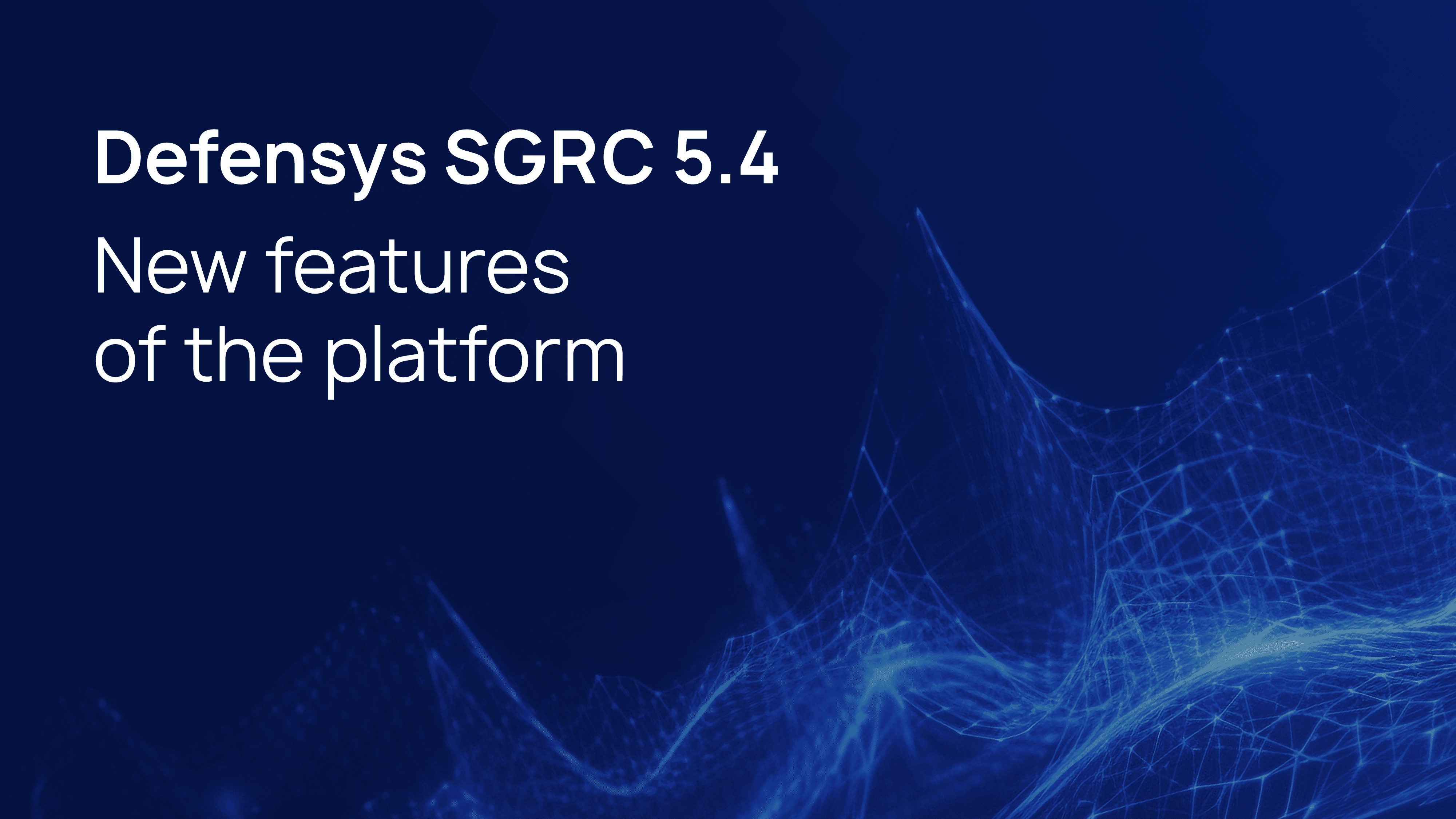
The Credit bureau with millions of loan and credit records was looking for automation tools to quickly respond on incidents, manage IT infrastructure and meet cyber security standards. Defensys solutions attracted Bureau’s attention, because they’re flexible, customizable and easy to work with. The Defensys SOAR and SGRC were chosen to meet the Company’s needs.
As for the major part of our customers, Defensys’ team has integrated the SOAR and SGRC with an antivirus and AD. Furthermore, an integration with a data base was implemented to receive information regarding networks and equipment.
A challenging part for Defensys’s engineers was the integration with the platform, which is used as incident repository in the company. This platform also acts as the first line of the company’s SOC. Accordingly the Defensys SOAR has become the second SOC line. Due to this reason, the SOAR should constantly receive a lot of information, classify it, and save in its register. Limited integration functions of the Customer’s platform didn’t allow the Defensys team to implement a pre-installed connector, that’s why Defensys engineers managed to develop a customized integration to connect with the platform and transfer incident data to the SOAR.

Dear colleagues,
We are excited to announce that Defensys has released a new update of the Defensys SGRC Platform v. 5.4. Besides all the other features that will be highlighted soon, there is an update of the content base of the SGRC for our KSA customers and partners.
Beginning this month, Defensys SGRC includes the full set of 7 NCA controls, as well as the Guide to Essential Cybersecurity Controls implementation and Cybersecurity Toolkit, all readily available in the SGRC Documents library.
Furthermore, we are pleased to inform you that Defensys SGRC now supports SDAIA PDPL, which allows to launch compliance campaigns and assess how organization aligns with personal data protection requirements.
For more information on these enhancements, please do not hesitate to reach out to us.
Thank you for your continued support.


